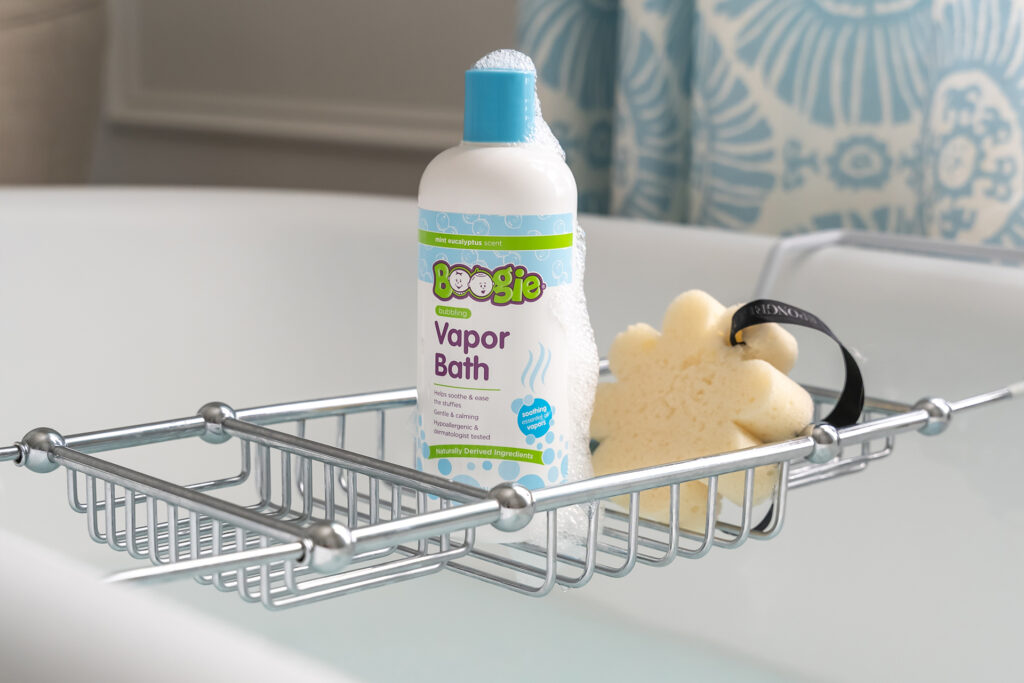Question
How should you lay babies down to sleep – on their fronts or their backs?
Answer
This is a very important question. Our son Jason died at five-and-a-half months of Sudden Infant Death Syndrome (SIDS). While we do not know the exact causes of SIDS, we do know that sleep position is critical for decreasing the risk.
The Canadian Pediatric Society and the American Academy of Pediatrics are both clear in their guidelines about sleep position. Healthy infants should be placed on their back. While we are unsure why this position decreases the risk of SIDS, it may be that an infant sleeping on his or her stomach gets less oxygen or gets rid of carbon dioxide less because they are rebreathing the air. Recent evidence has also shown that side sleeping should be avoided for safety reasons, although there are certain medical conditions where this does not apply and your doctor would be best to advise you.
Taken from the position paper of the CPS, here is a partial summary of the evidence.
- Sleeping on the back carries the lowest risk of SIDS;
- Room-sharing lowers the risk of SIDS;
- The risk of SIDS is increased when infants bedshare with mothers who smoke cigarettes or with an adult who is extremely fatigued or impaired by alcohol or drugs (legal or illegal) that impair ability to wake up;
- Soft bedding, pillows and covers that can cover the head increase the risk of death in all sleeping environments;
- Sleeping with an infant on a sofa is associated with a particularly high risk of sudden unexpected death in infancy;
- An infant is more at risk of sudden unexpected death if he/she bedshares with people other than his/her parents or usual caregiver.
The infant sleep environment must be free of quilts, comforters, bumper pads, pillows and pillow-like items. Dress infants in sleepers to eliminate the need for any covers over the baby, other than a thin blanket.
Do not place infants on waterbeds, air mattresses, pillows, soft materials or loose bedding, even for temporary sleeping arrangements, such as during travel. Car seats and infant seat carriers must not replace the crib as a sleep surface. There is risk of the harness straps causing upper airway obstruction.
Based on the available scientific evidence, the CPS recommends that for the first year of life, the safest place for babies to sleep is in their own crib, and in the parent’s room for the first six months. Infants should sleep on their back, in cribs meeting the Canadian government’s safety standards.
Dr. Marla Shapiro is a medical doctor, author, broadcaster, lecturer and parent.
Originally published in ParentsCanada magazine, May 2014.









